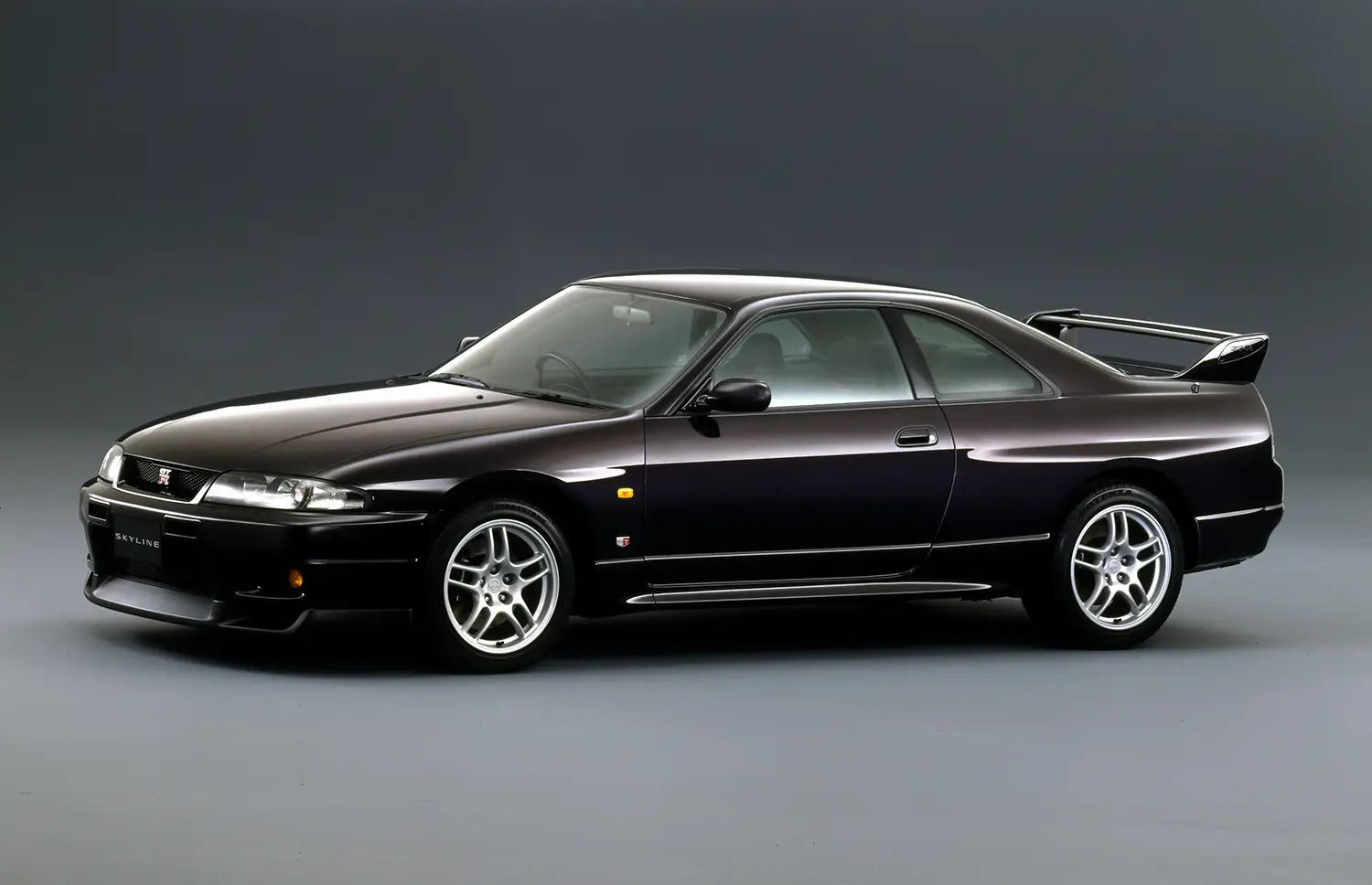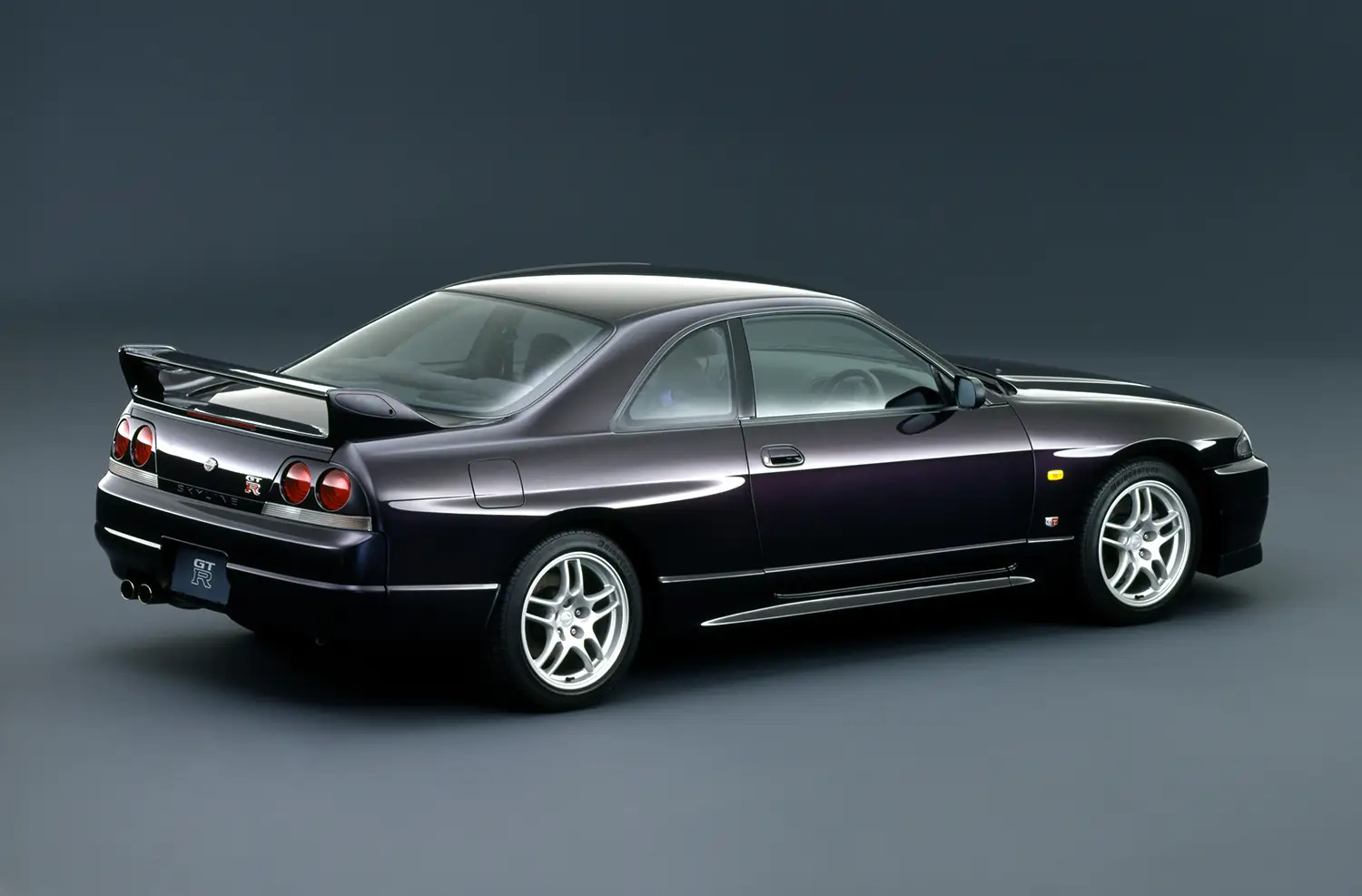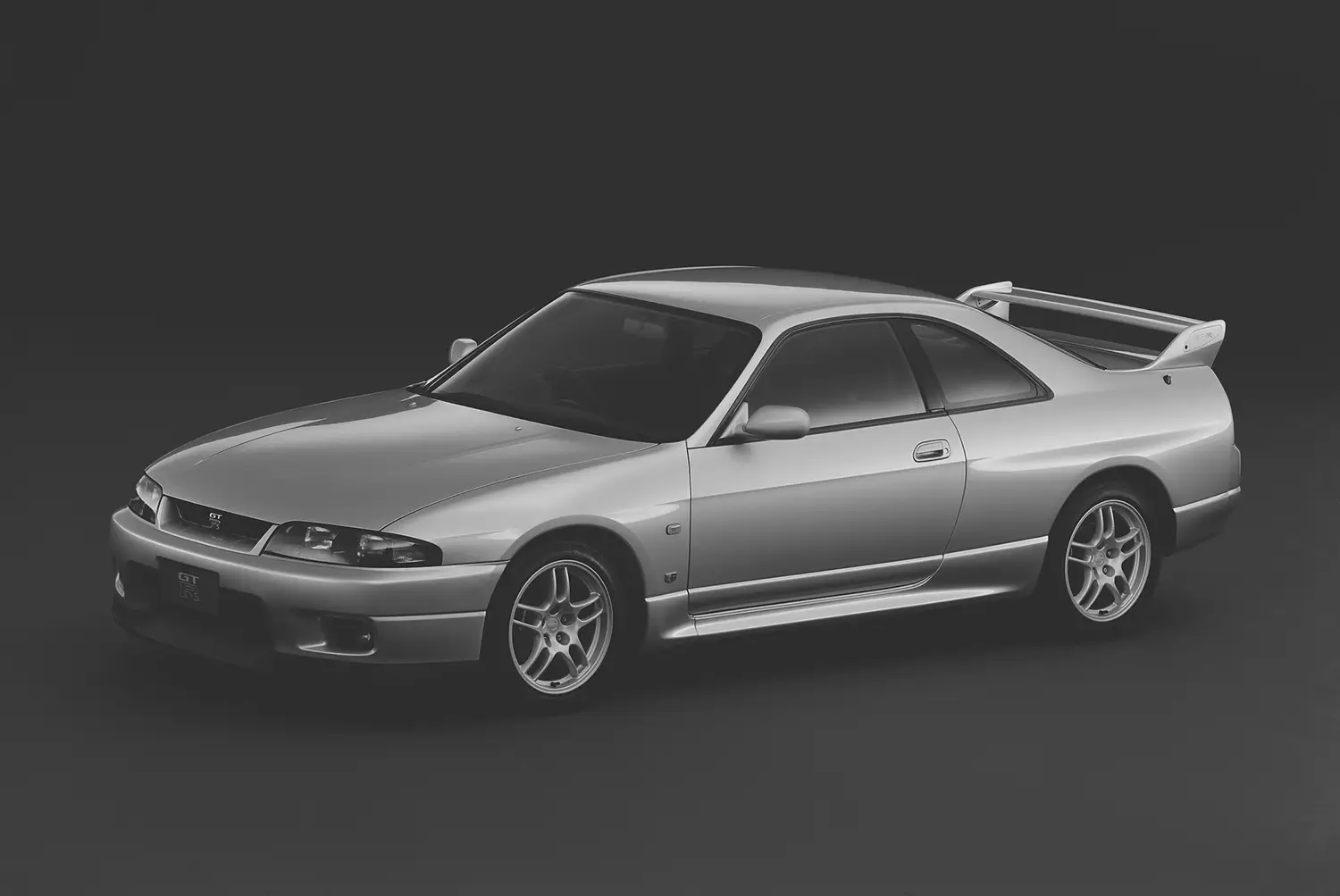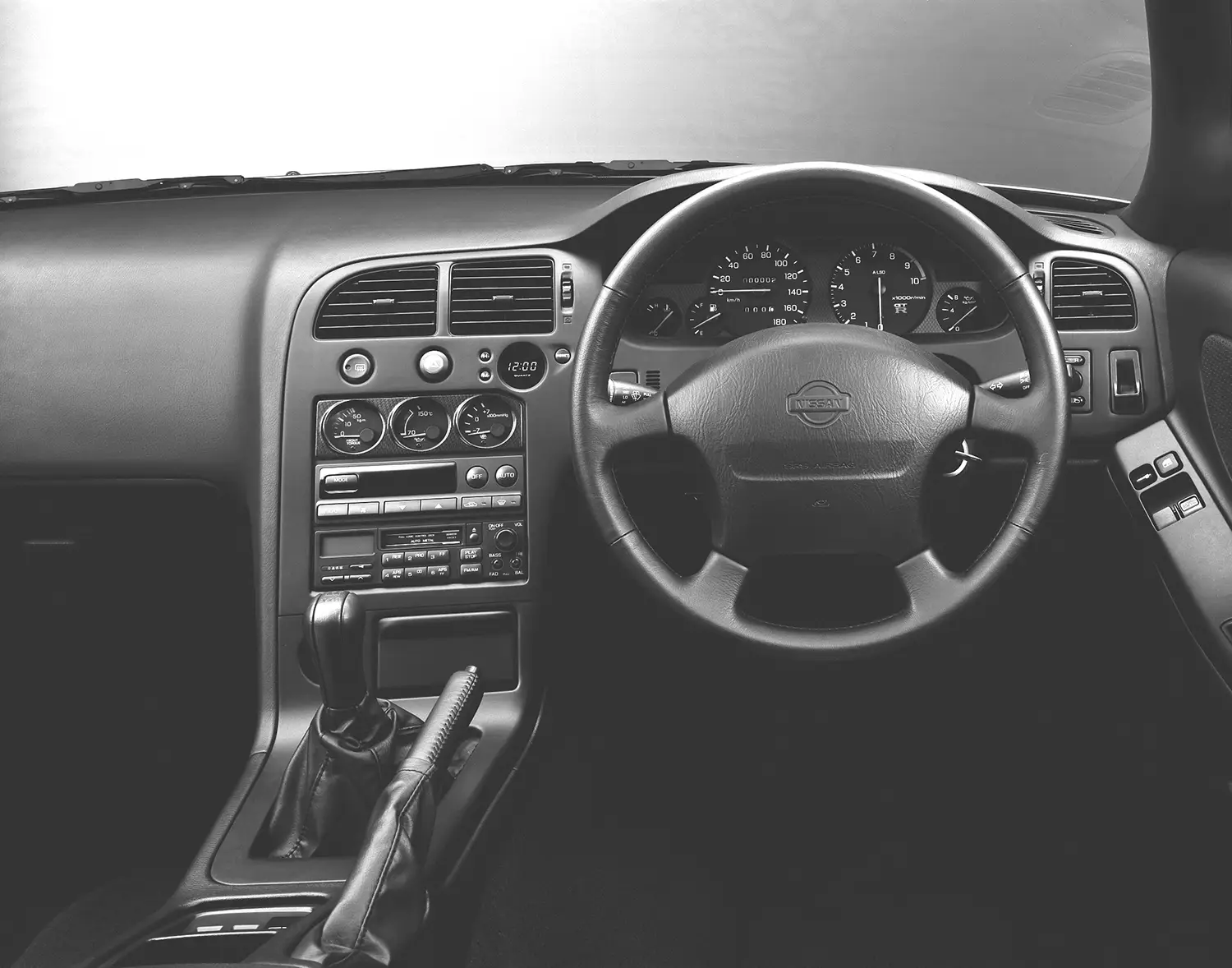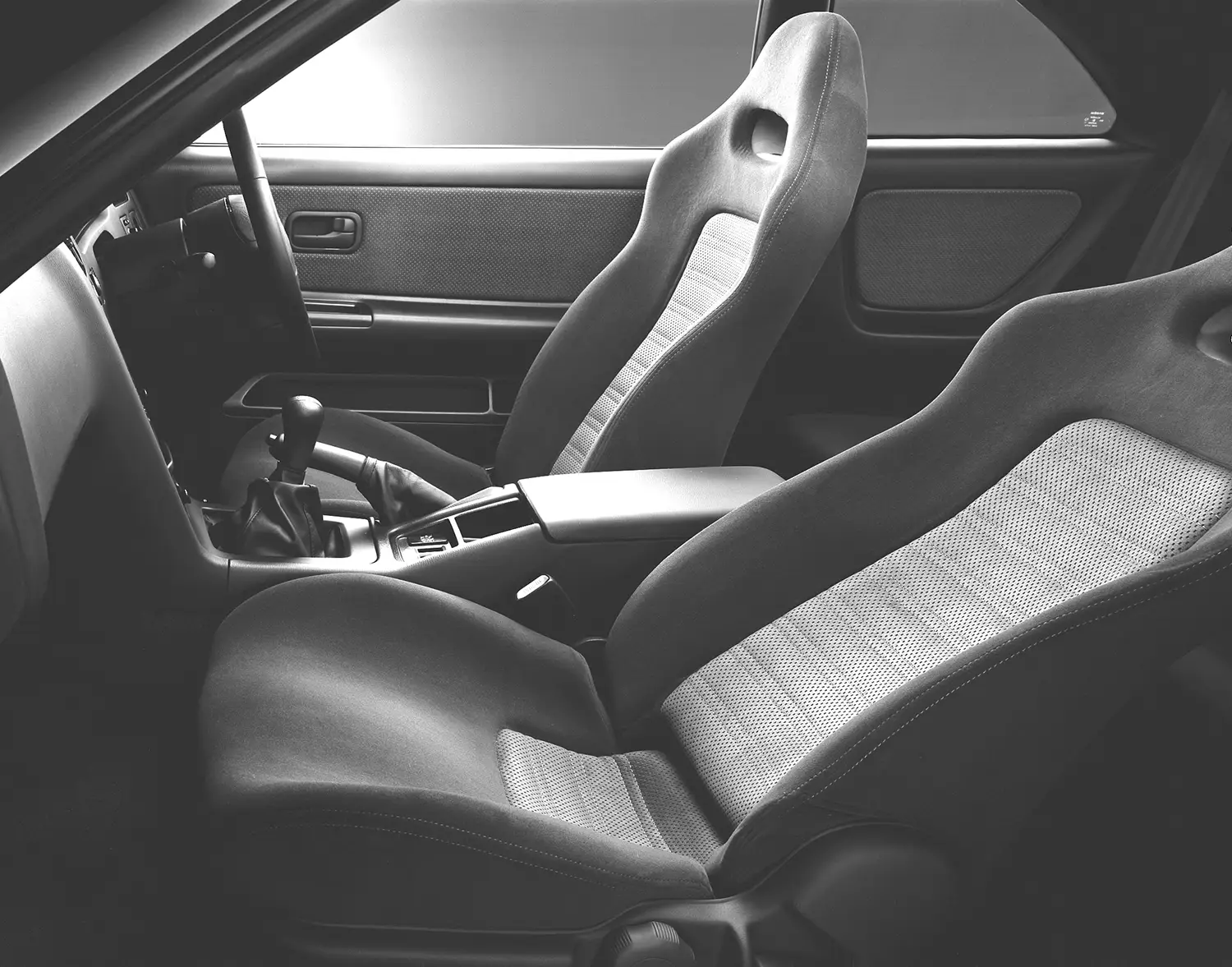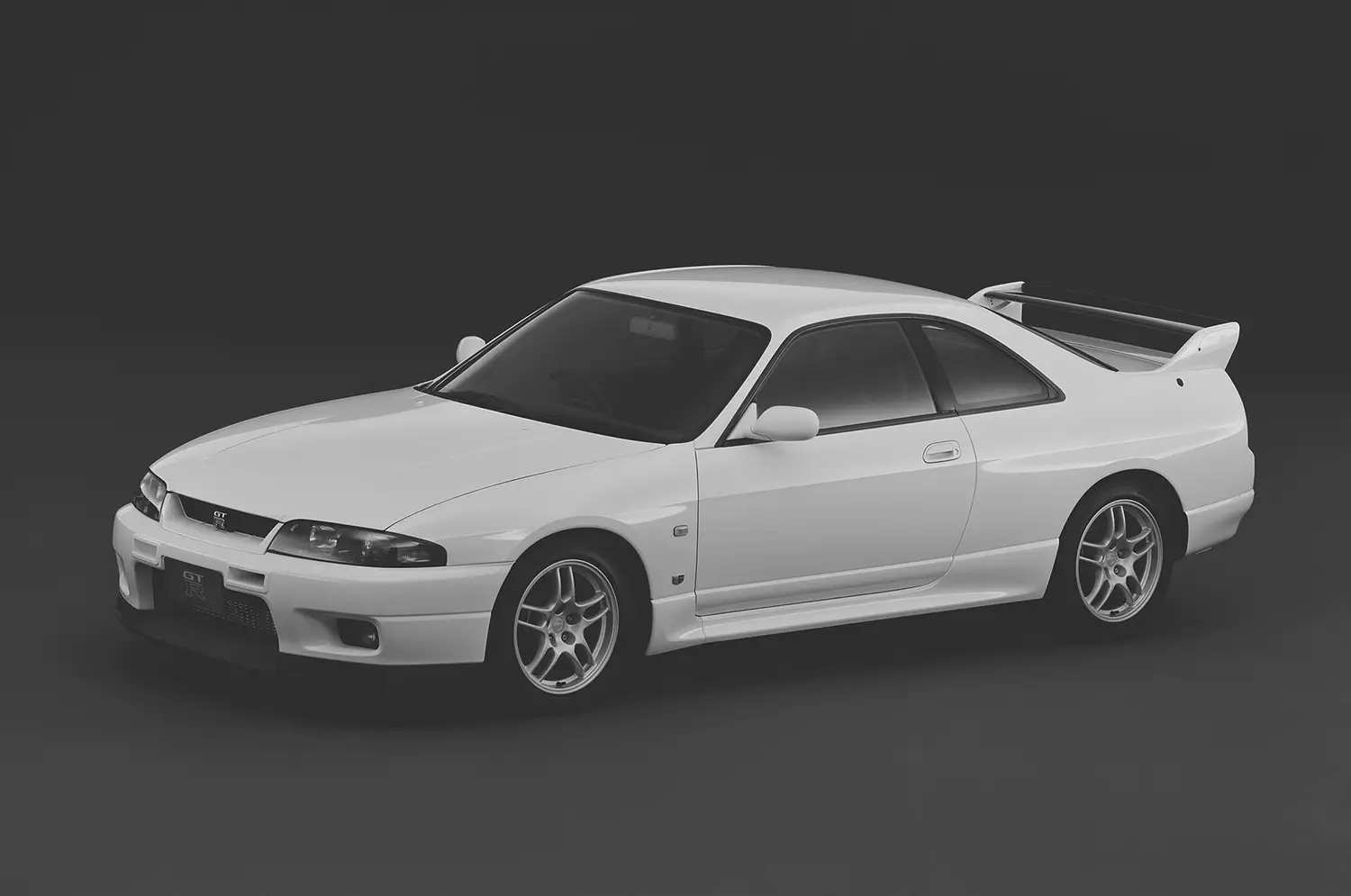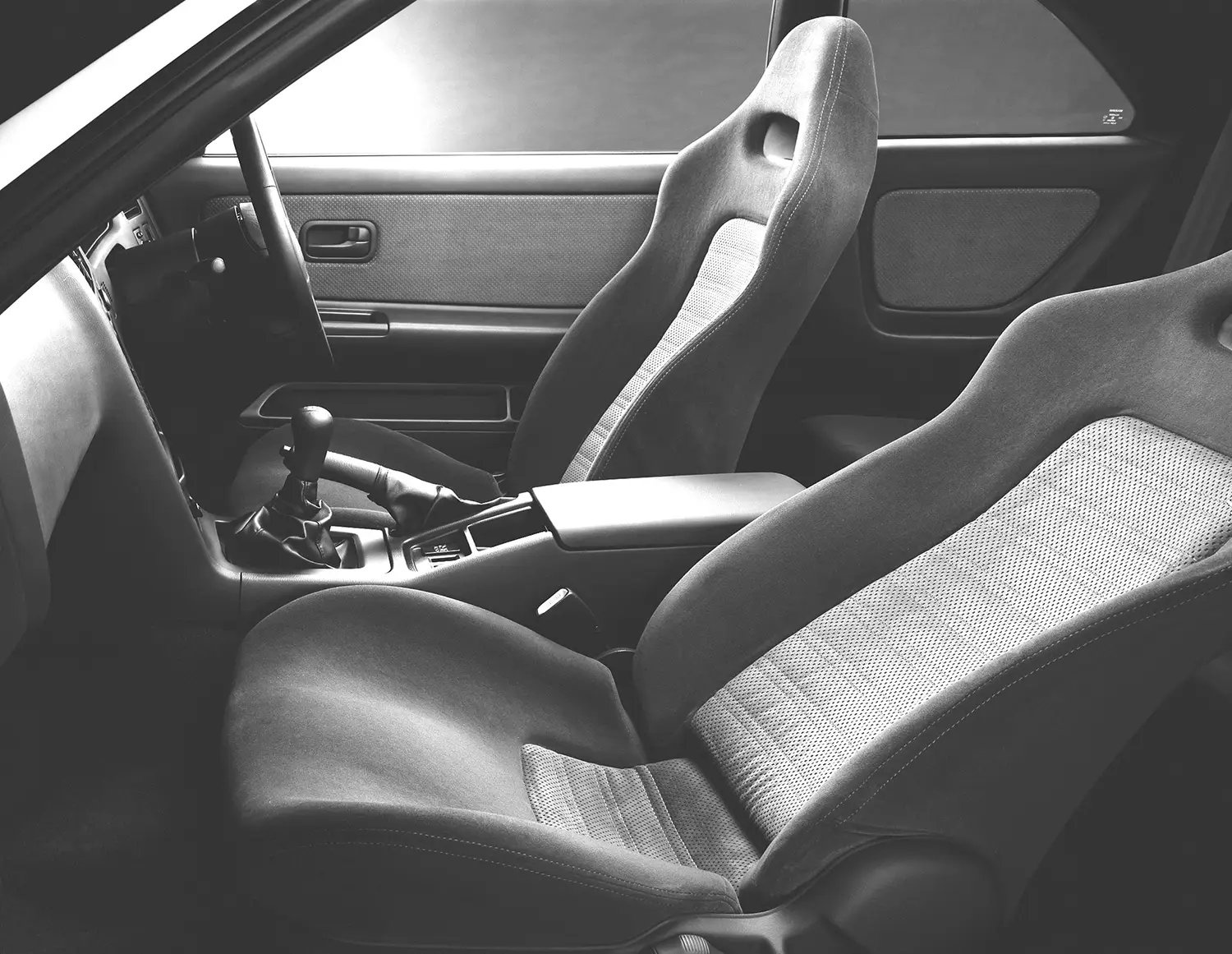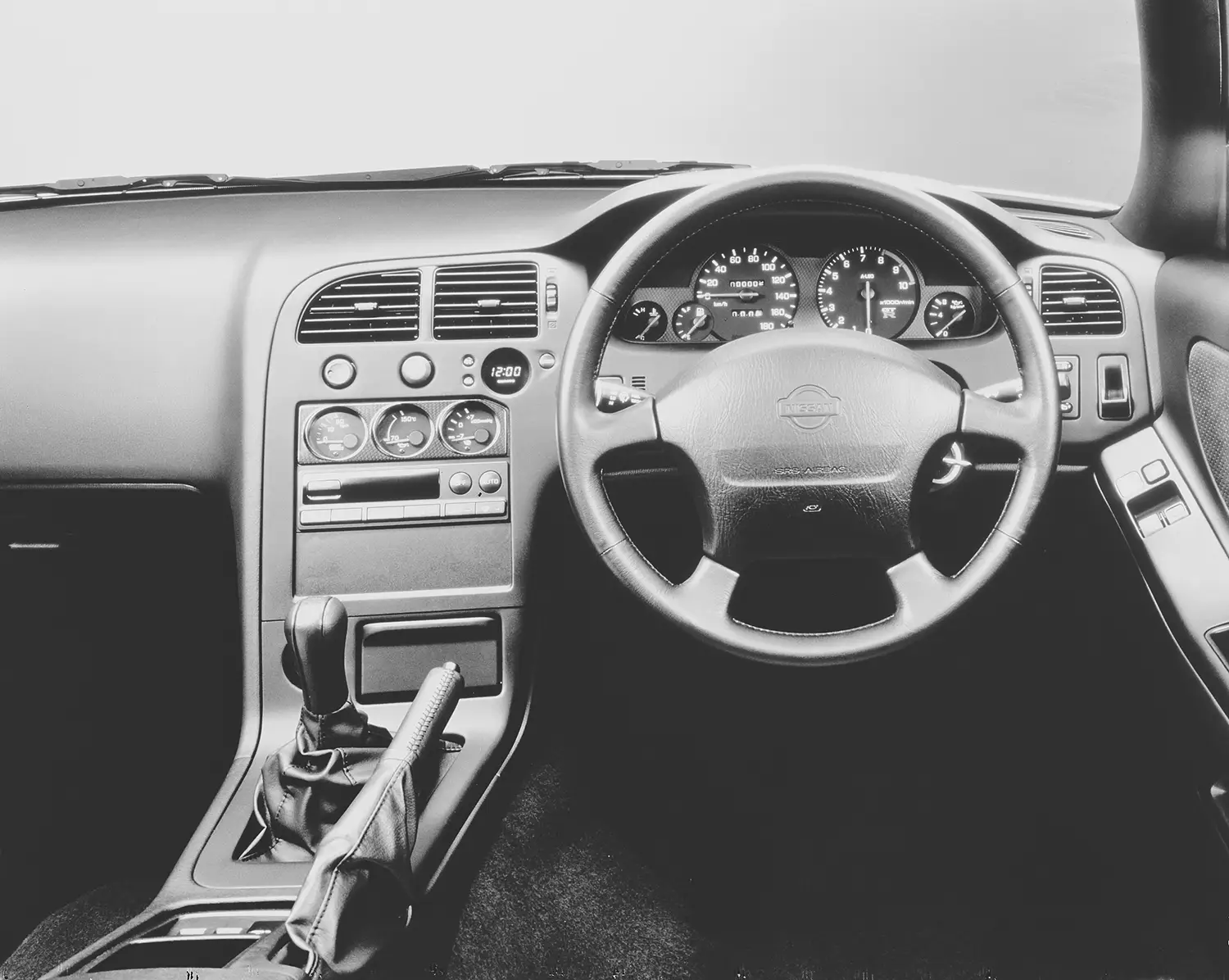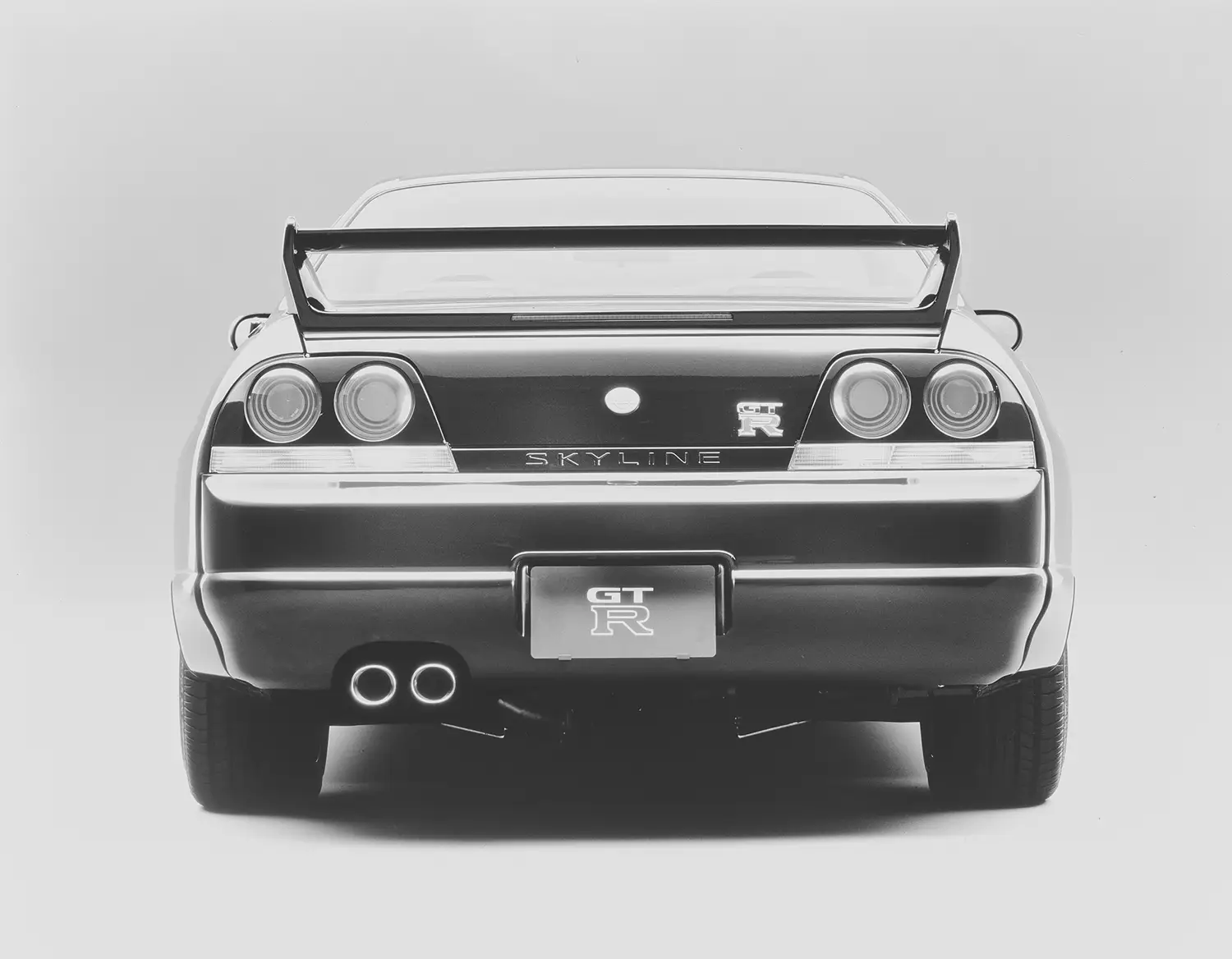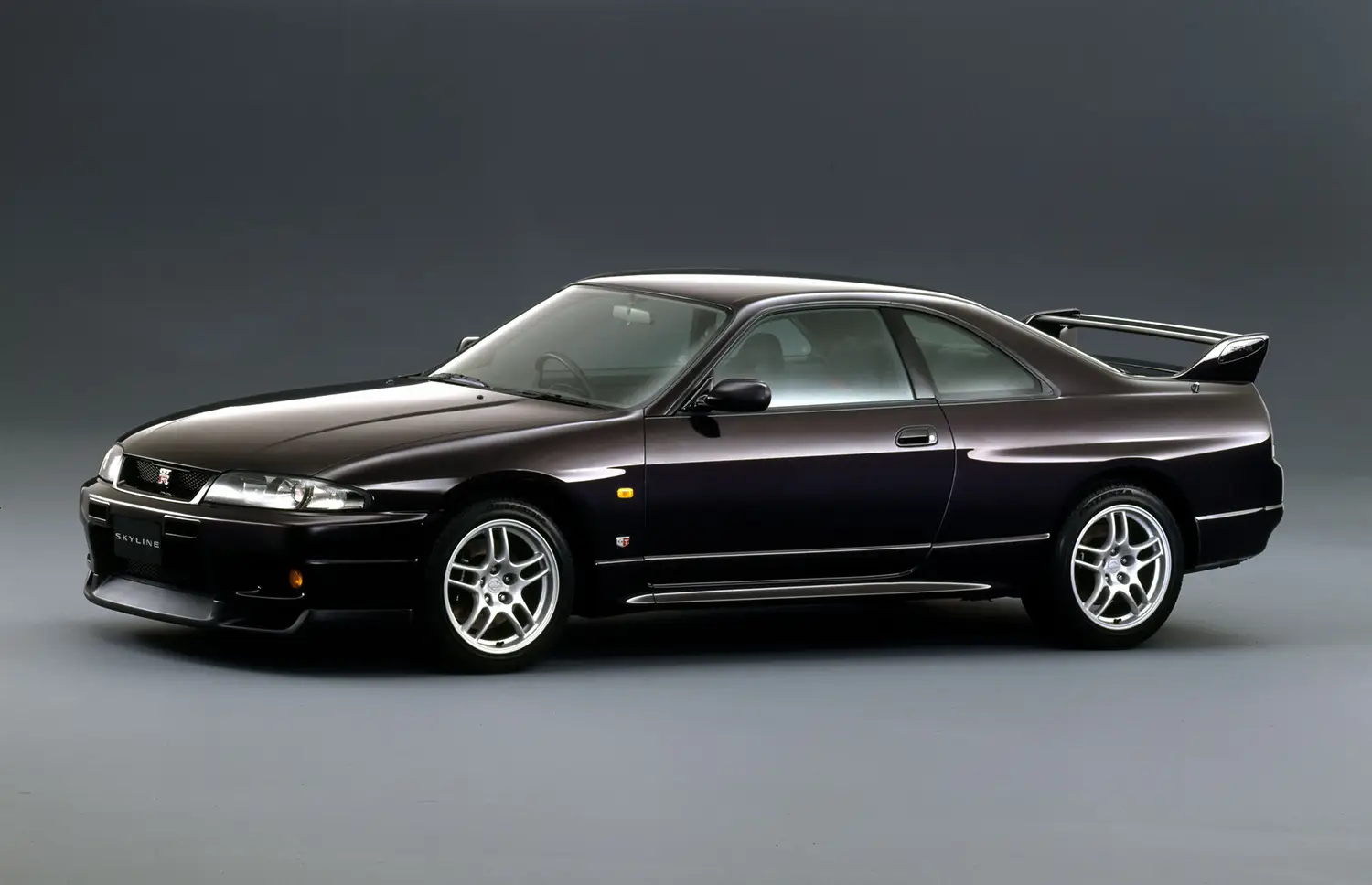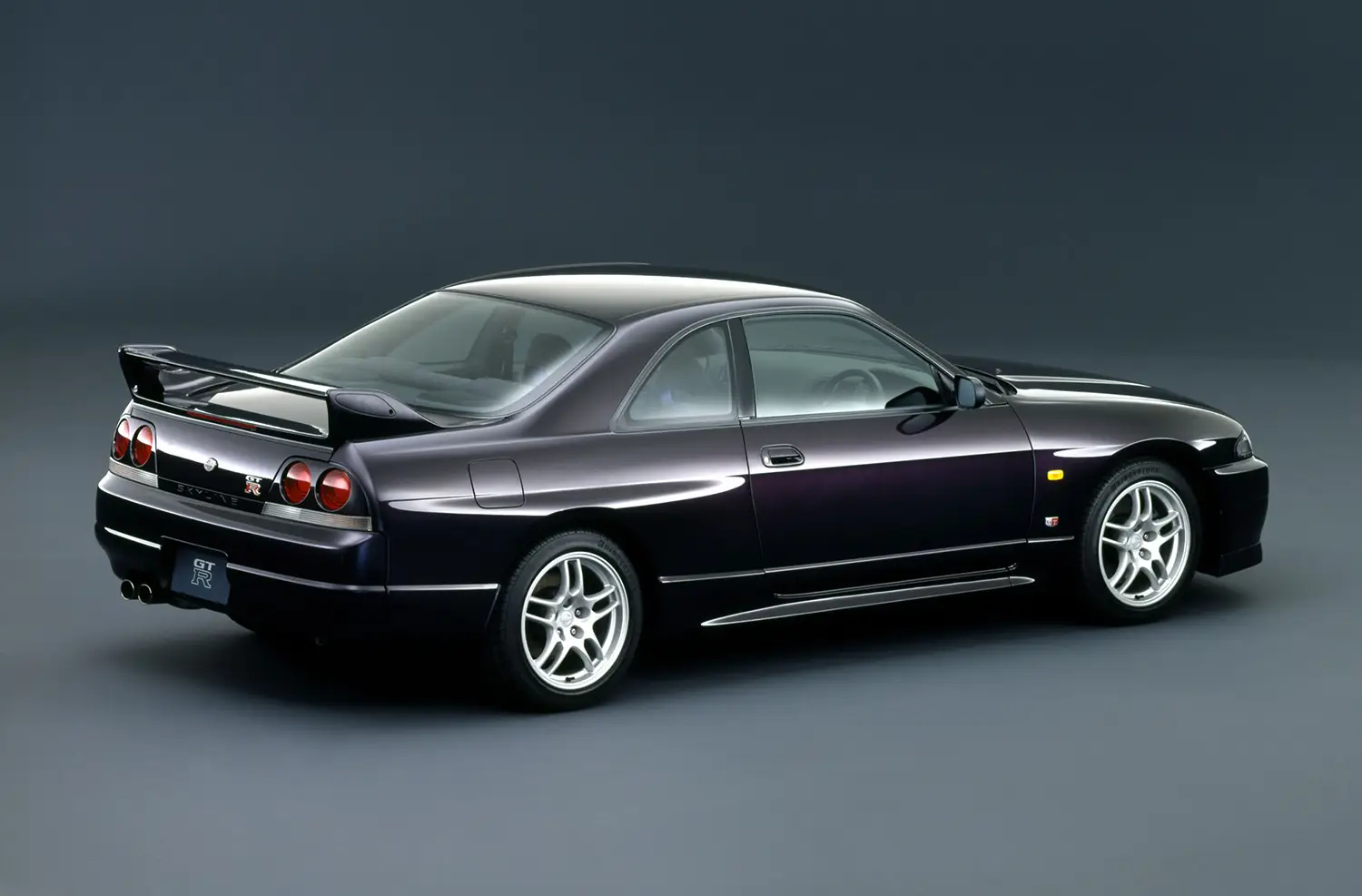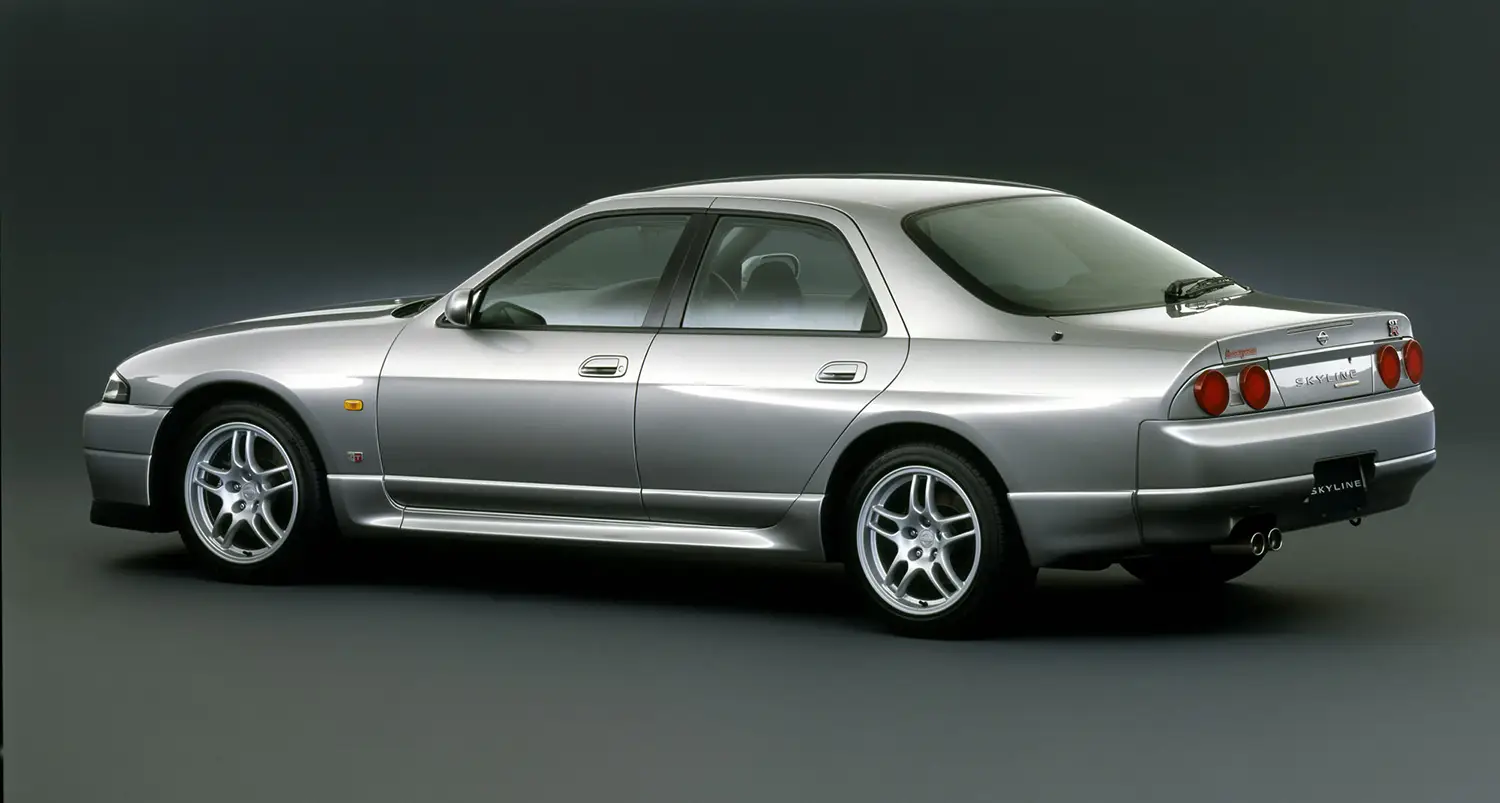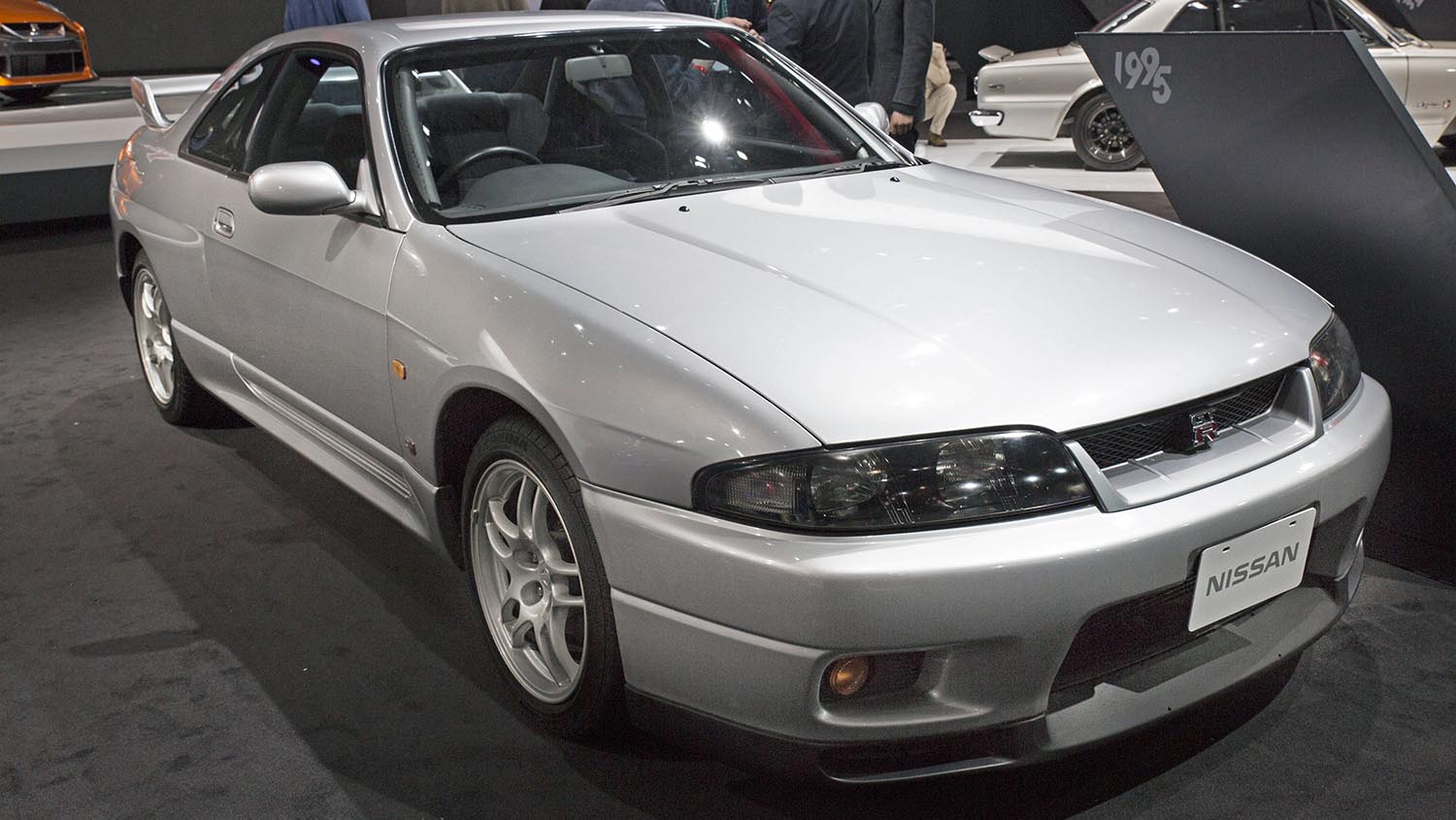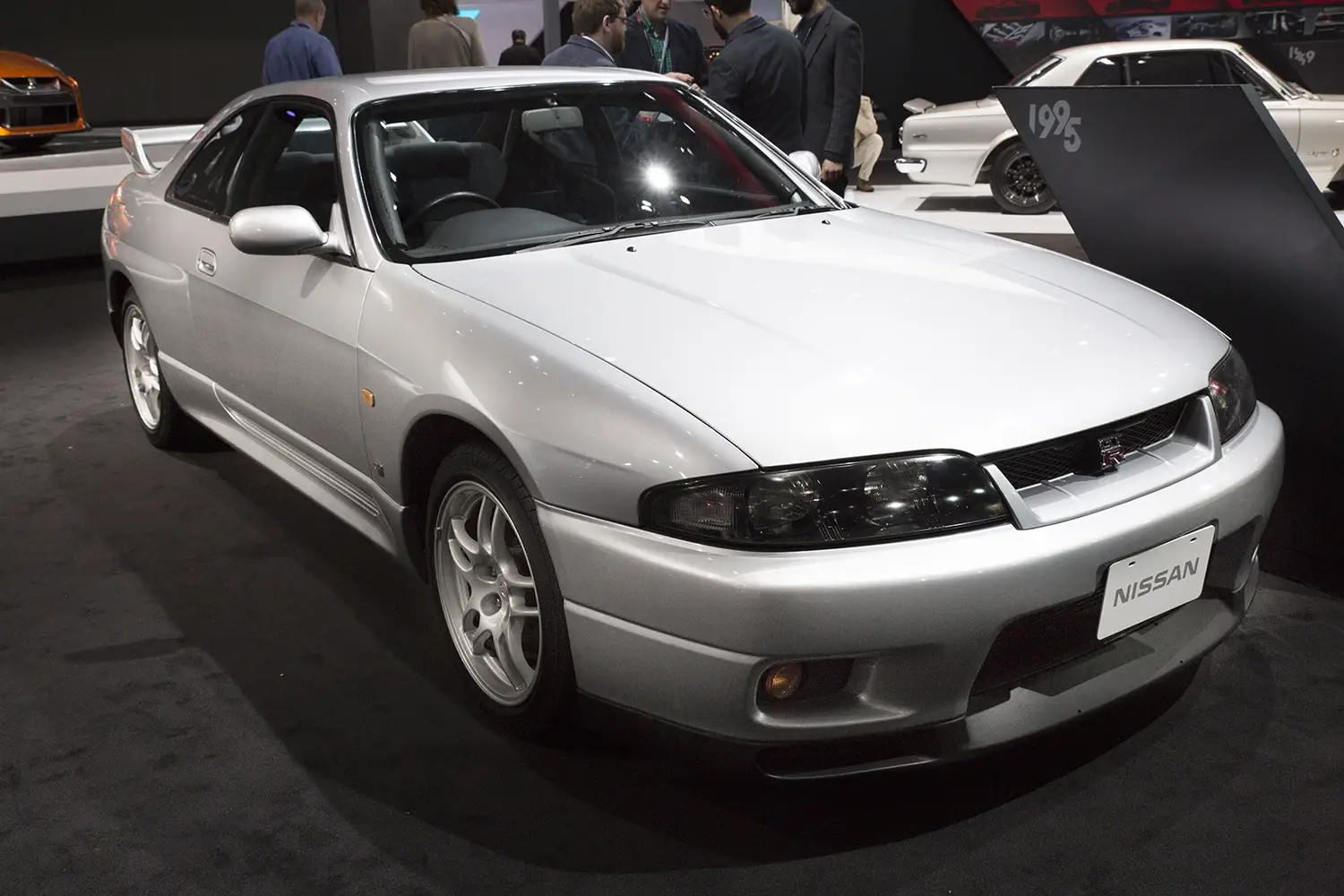
It’s time to look back at one of the most significant, yet sometimes overlooked, iterations of a Japanese automotive icon. The 1995 Nissan Skyline GT-R model, chassis code BCNR33, had the unenviable task of following the legendary R32. When it arrived, many fans were skeptical. This GT-R proved to be a more technologically advanced and capable machine. The R33’s achievements cemented its crucial role in the Skyline’s evolving performance heritage.
The Evolution of an Icon: From R32 to R33
The R33 Nissan Skyline GT-R debuted in January 1995, following its initial showing as a prototype at the 1993 Tokyo Motor Show. It was built upon the foundations laid by its massively successful predecessor, the R32. The previous generation had earned the nickname “Godzilla” due to its track dominance. Nissan aimed to refine that raw power and capability into a more mature grand touring machine. This new generation of the GT-R was physically larger and heavier than the R32. This increase in size was a design trend of the mid-1990s.
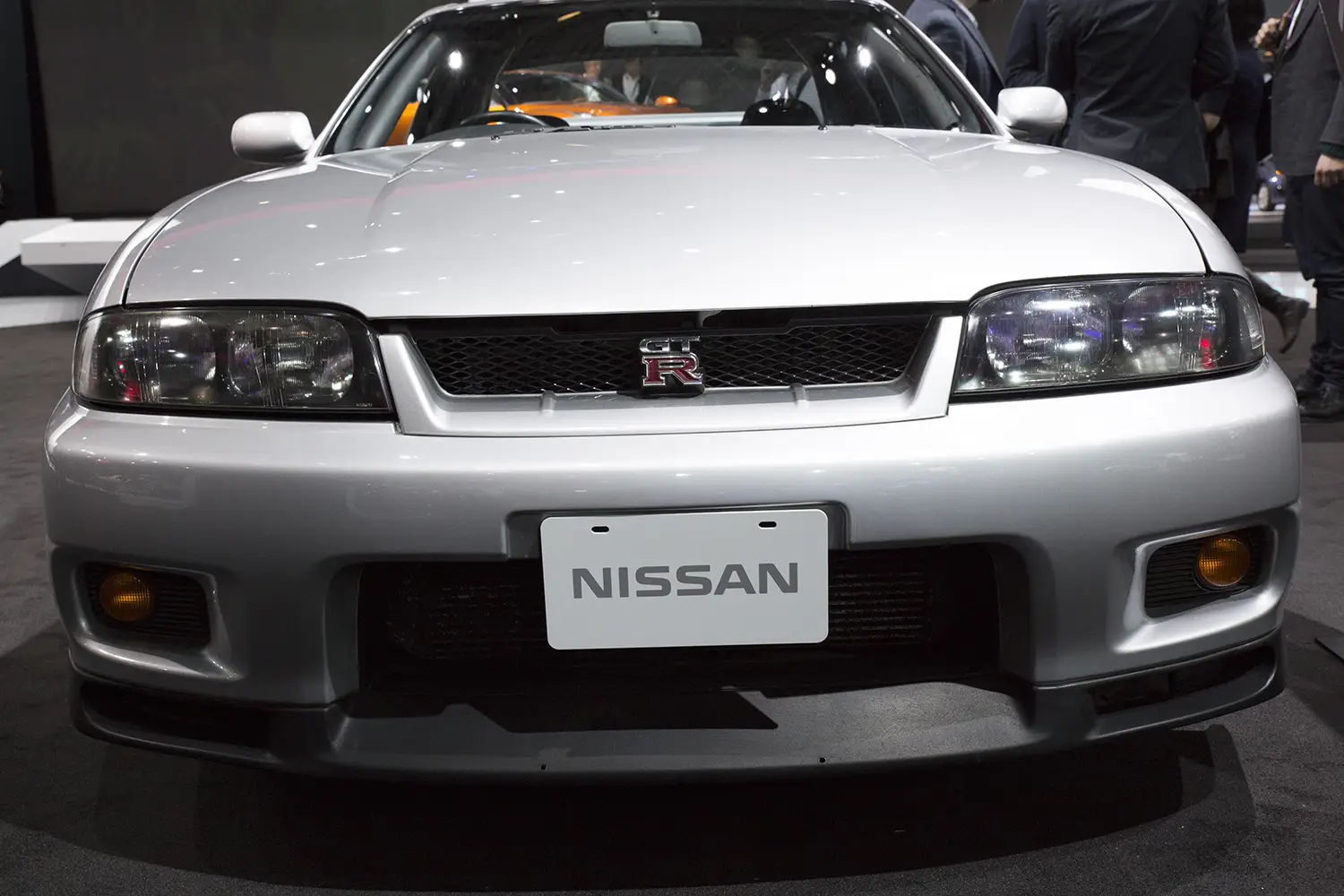
Refinement Over Revolution in the 1995 Nissan Skyline GT-R
Visually, the BCNR33 adopted the curvier, more organic body style of the standard R33 Skyline. It replaced the sharper, boxier lines of the R32. A significant element of its design included a deeper front air dam and a prominent rear wing. These features immediately signaled its performance intent to all observers. The chassis was dramatically improved over the previous generation. It featured greater torsional rigidity, stronger sills, and strut braces at both the front and rear. Consequently, the R33 became a far more stable and predictable car to drive quickly.
Technical Prowess: The Engine and AWD System
Under the bonnet, the heart of the beast remained the famed RB26DETT. This 2.6-liter twin-turbocharged inline-six engine was already legendary. The Japanese “gentleman’s agreement” still capped the official output at 280 horsepower. However, in reality, the R33’s engine produced slightly more than that figure. It also delivered increased torque compared to the R32, which improved mid-range acceleration. This powerful six-cylinder was paired with a five-speed manual transmission.
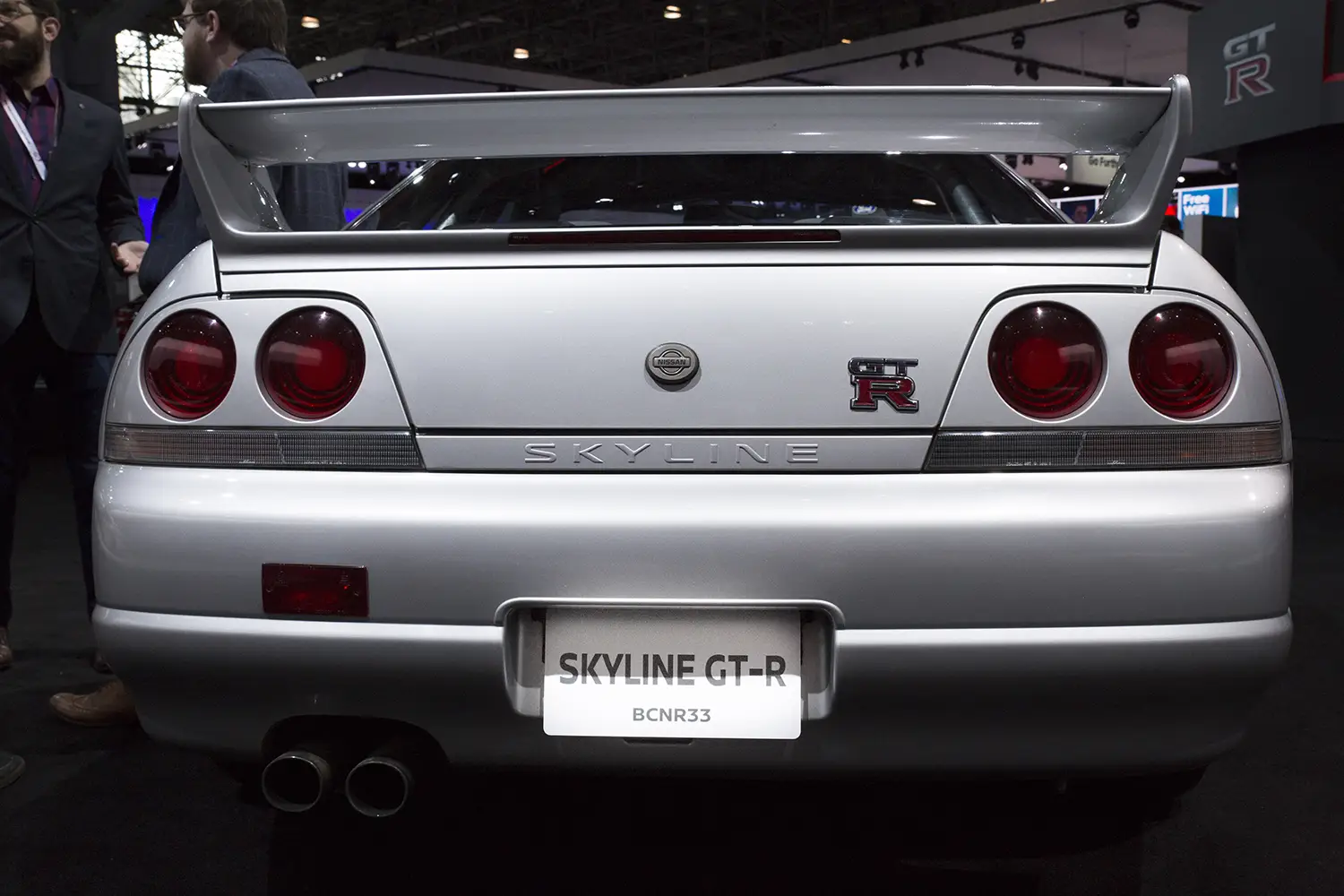
Advanced Drivetrain of the GT-R
The R33 introduced significant enhancements to Nissan’s advanced all-wheel-drive system. The R33 GT-R featured the improved ATTESA E-TS PRO system. This advanced technology added an active limited-slip differential to the rear axle on the V-Spec models. Furthermore, the Super HICAS four-wheel steering system was updated. It incorporated a yaw sensor for more precise and predictable handling responses. These engineering refinements were crucial to the car’s increased dynamic ability. They also helped keep the larger car nimble on the track.
Motorsport Triumphs and a Record-Breaking Lap
The 1995 Nissan Skyline GT-R continued the GT-R’s incredible winning streak in motorsport. It took part in the Japanese GT Championship (JGTC). In 1995 and 1996, the R33 clinched back-to-back championship titles. Its success showed that the new, larger platform had not sacrificed its racing pedigree. Motorsport variants even competed at the prestigious 24 Hours of Le Mans in 1995 and 1996. The R33 LM Limited model was produced to celebrate the 10th place finish at Le Mans in 1995.
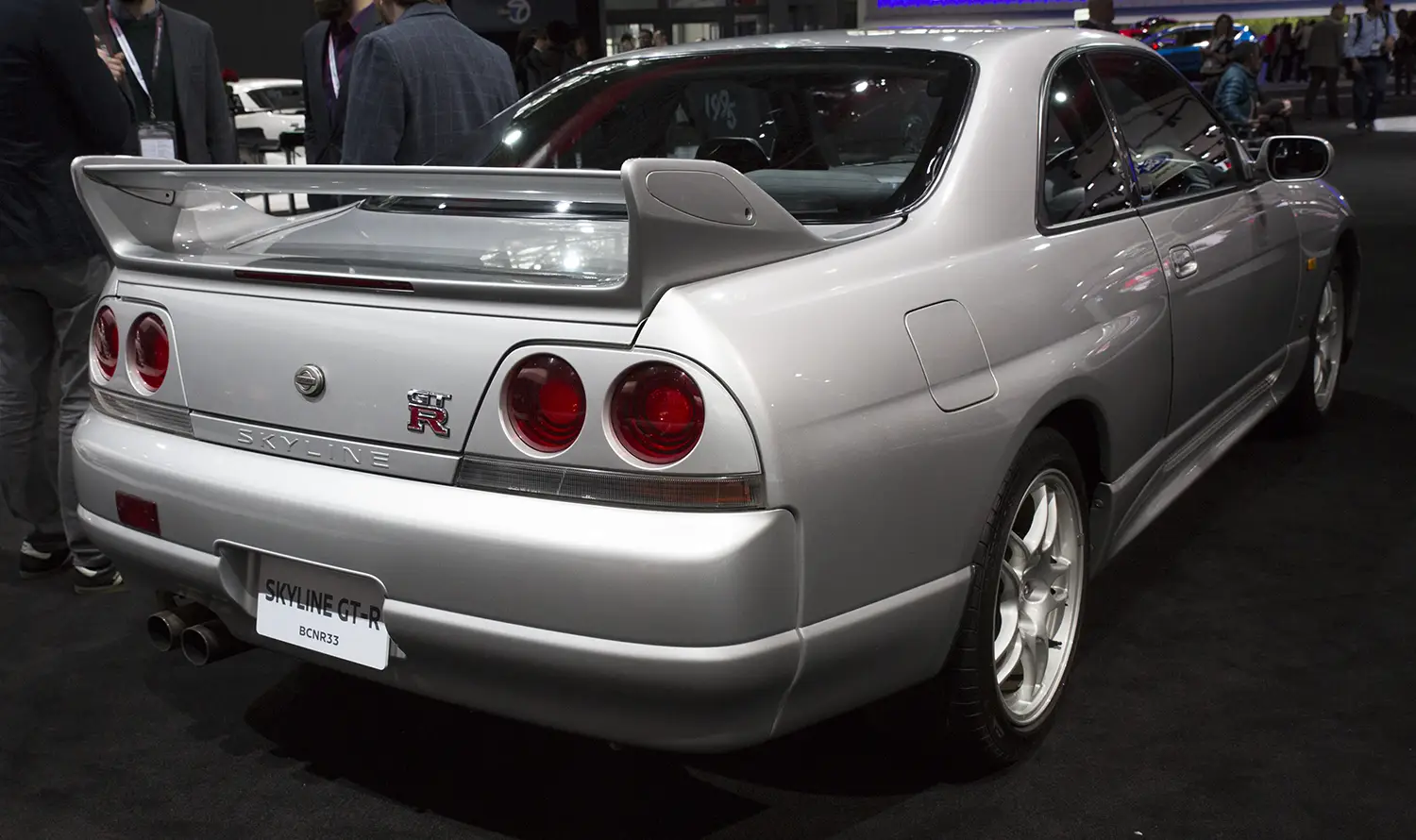
Sub-Eight Minute Nürburgring Barrier
Perhaps the R33’s most indelible contribution to its heritage was a record-breaking lap. In 1995, a near-stock R33 GT-R V-Spec was sent to the infamous Nürburgring Nordschleife in Germany. The car, driven by Dirk Schoysman, completed a lap in 7 minutes, 59 seconds, and 887 milliseconds. This made the R33 the first production car to officially break the challenging eight-minute barrier. This achievement was a massive statement. It demonstrated that the R33 was an immensely capable performance machine, not just a street cruiser.
The Performance Credentials of the RB26DETT
The heart of the 1995 Nissan Skyline GT-R was the robust RB26DETT. This 2.6-liter engine, with its twin-turbo setup, was rated at 280 horsepower at 6,800 rpm. Peak torque was officially listed as 271 lb-ft at 4,400 rpm. The car’s 0-60 mph time was around 5.3 seconds for the V-Spec model. Its top speed was electronically limited to 155 mph. However, its true value lay in its over-engineered strength. The RB26DETT was famously designed to handle significantly more power. This made the R33 extremely popular among the tuning community.
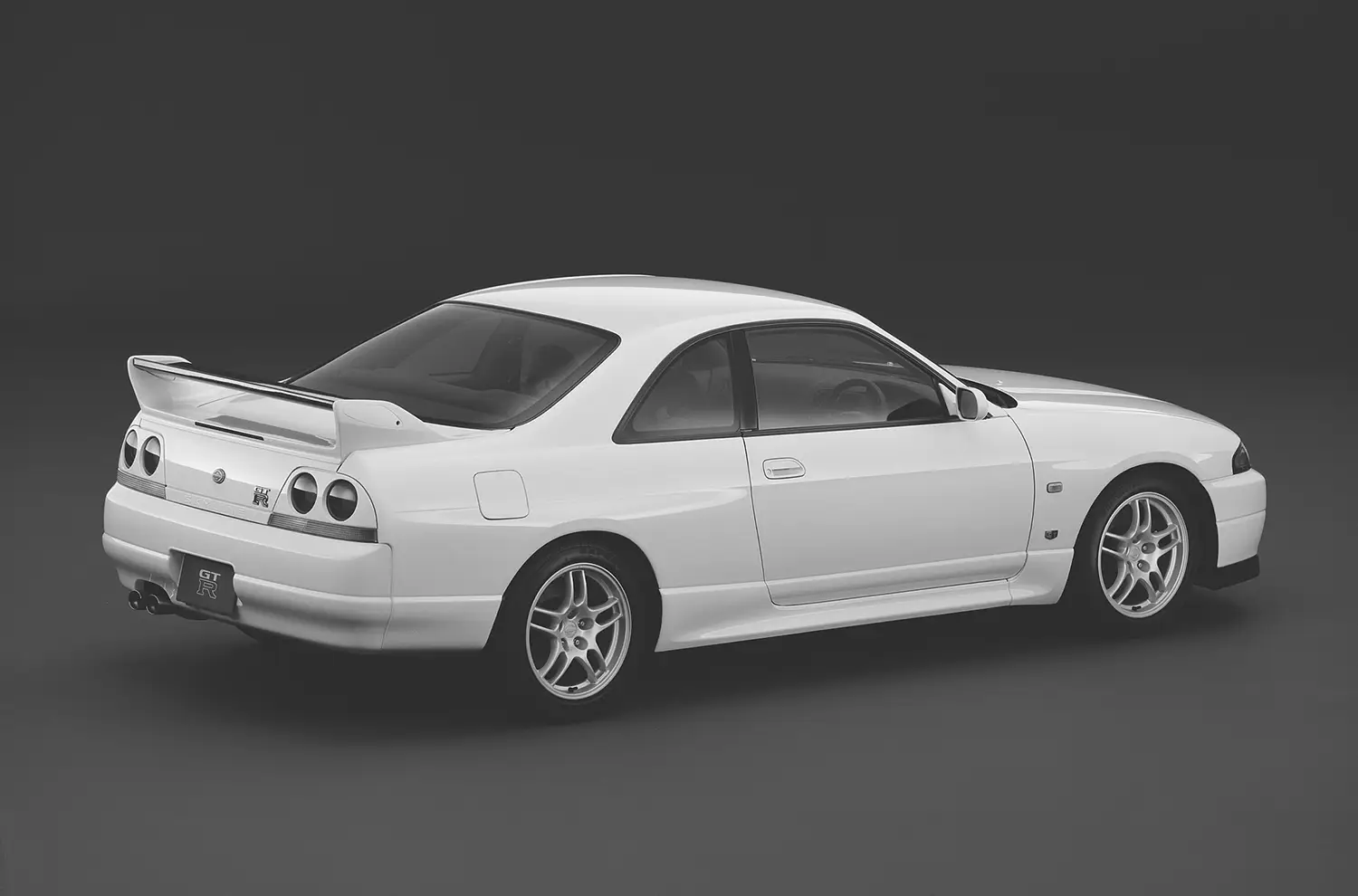
A Crucial Chapter in the Skyline GT-R Legacy
The BCNR33 Nissan Skyline GT-R stands as an important, pivotal car in the lineage of the GT-R. It took the formula of the R32 and refined it into a more sophisticated, high-speed machine. By breaking the eight-minute barrier at the Nürburgring, the R33 silenced its critics. It proved that a bigger, more comfortable GT-R could also be faster and more technologically advanced. This critical evolution paved the way for the later, more modern R34 GT-R. Today, the R33 is rightly recognized as a bona fide JDM legend and a true auto icon.
Disclaimer: Content on this site is for informational purposes only. Vehicle specs, pricing, and availability may change. Always verify details with official sources before making decisions. Opinions are those of the authors.
Source: Nissan
